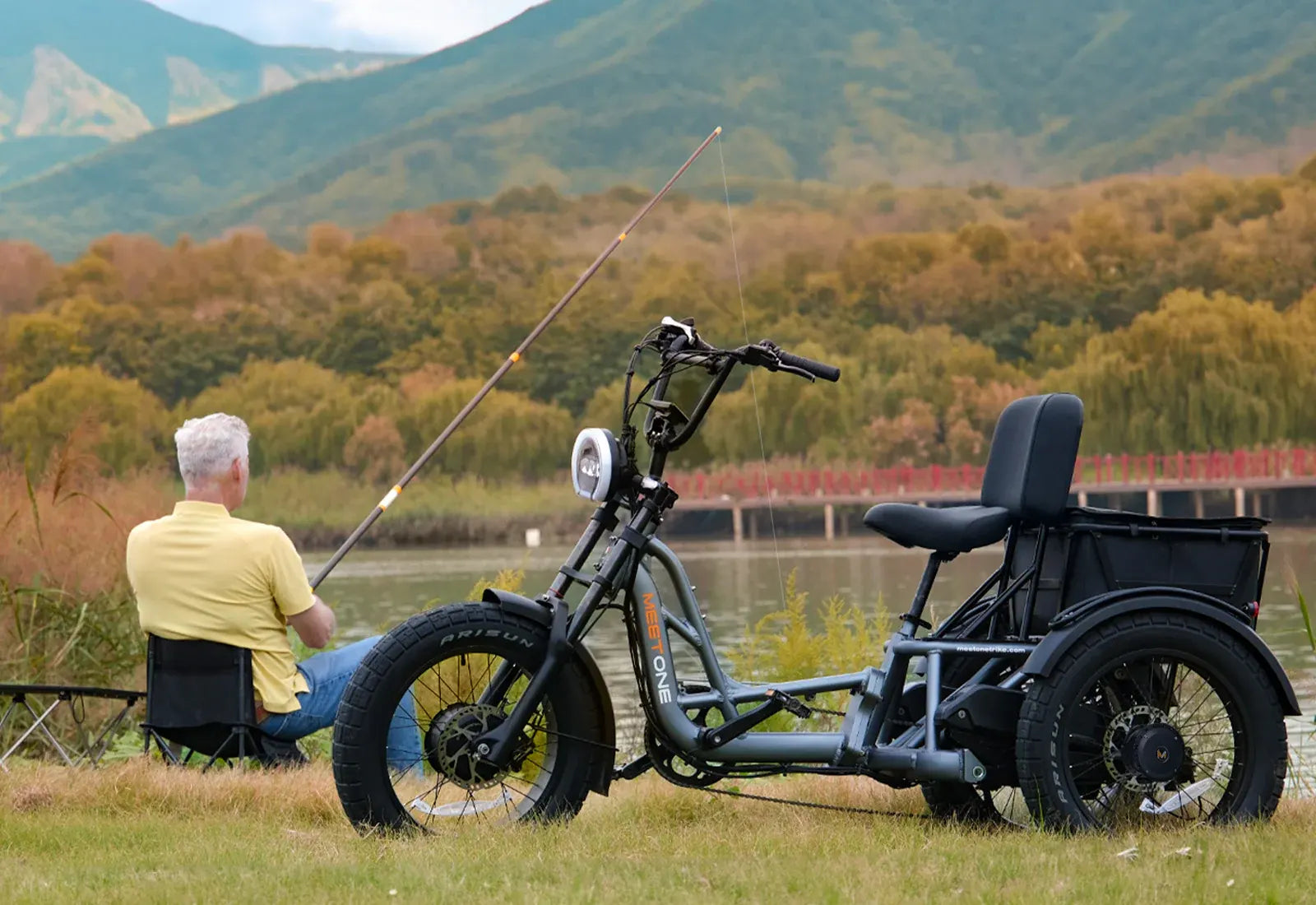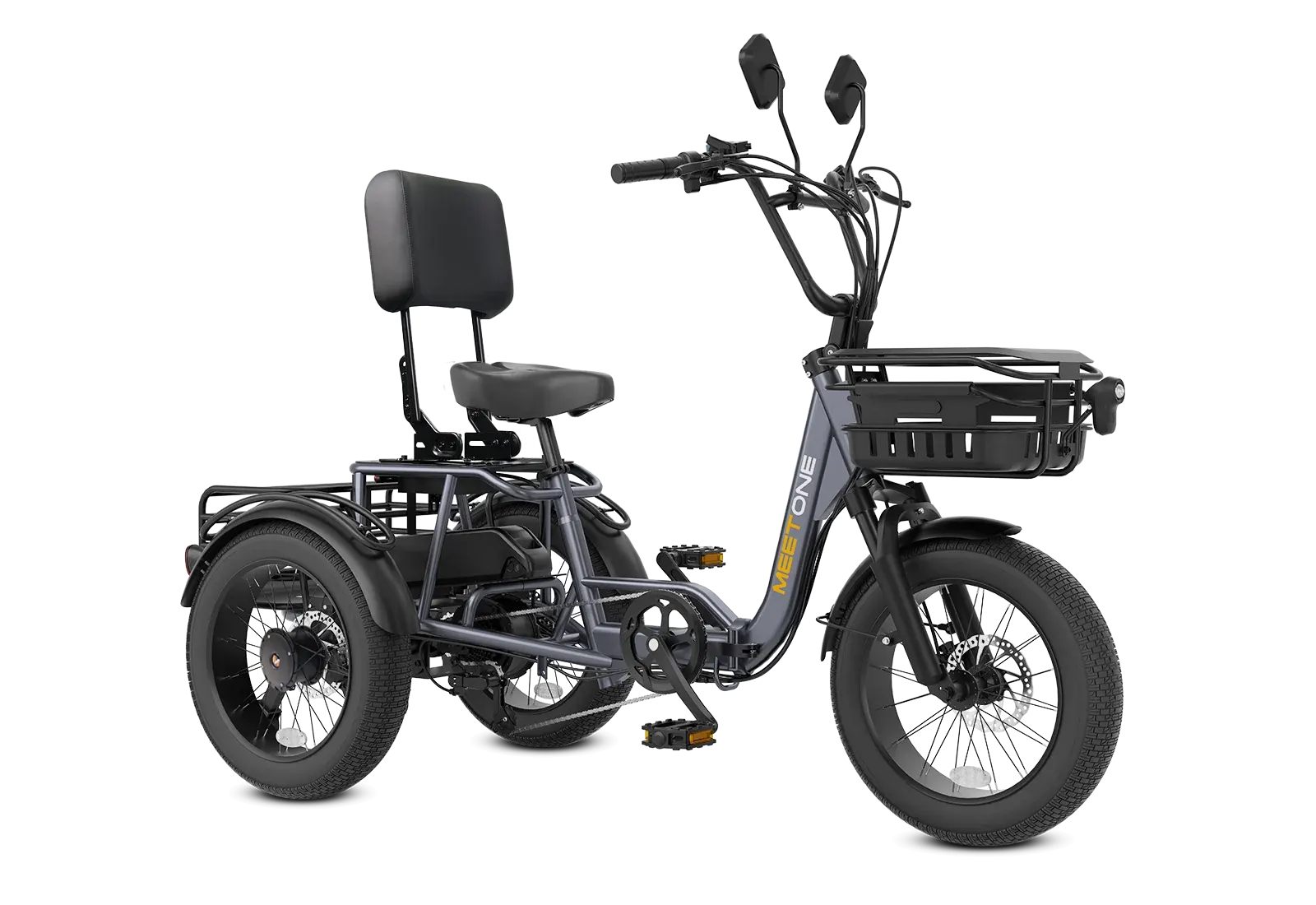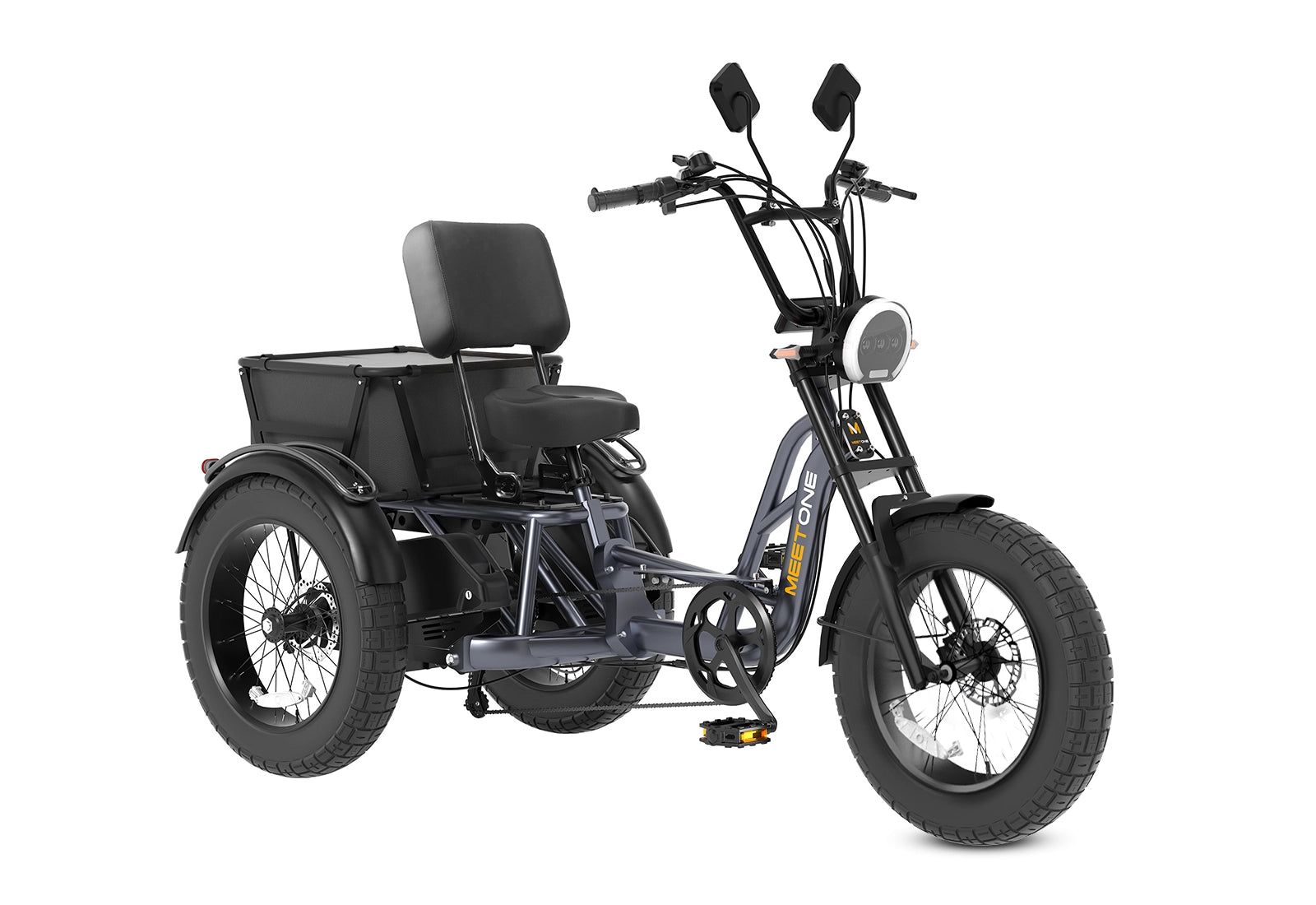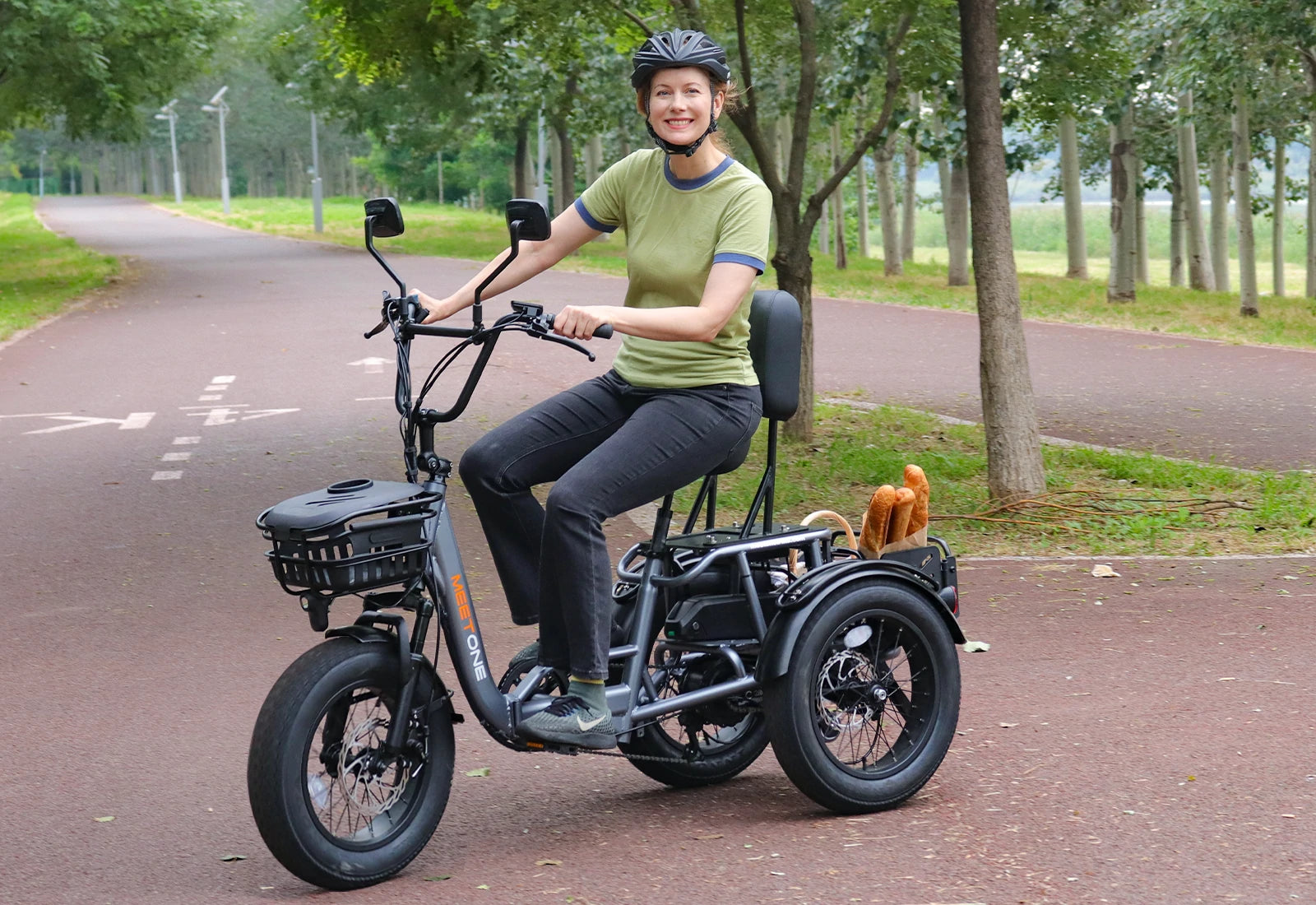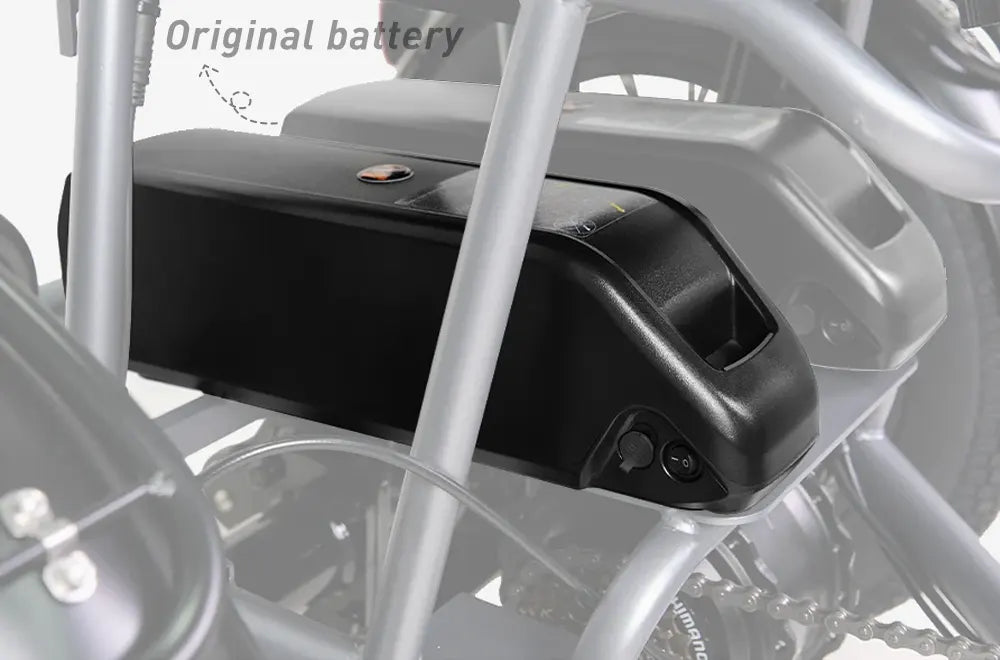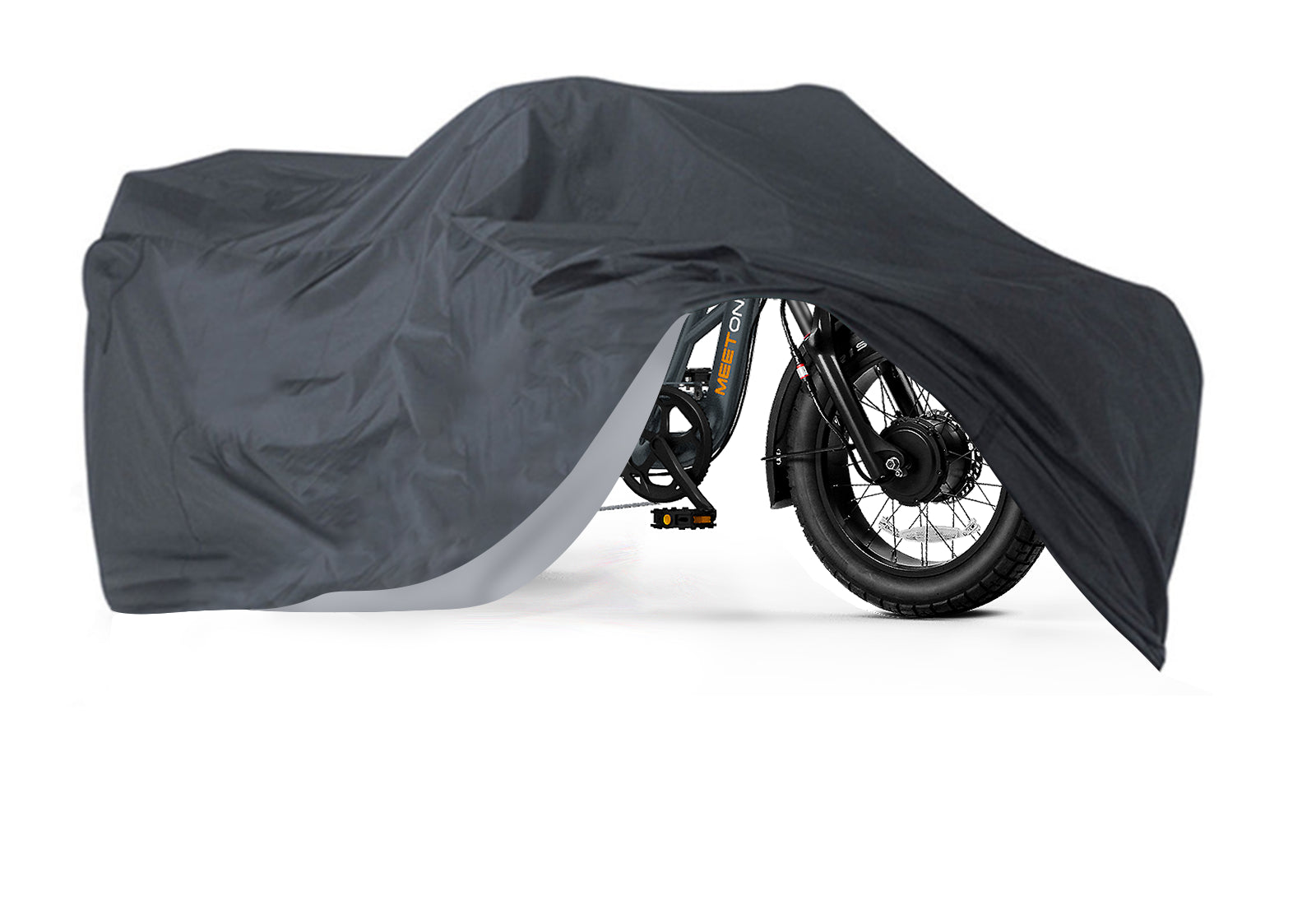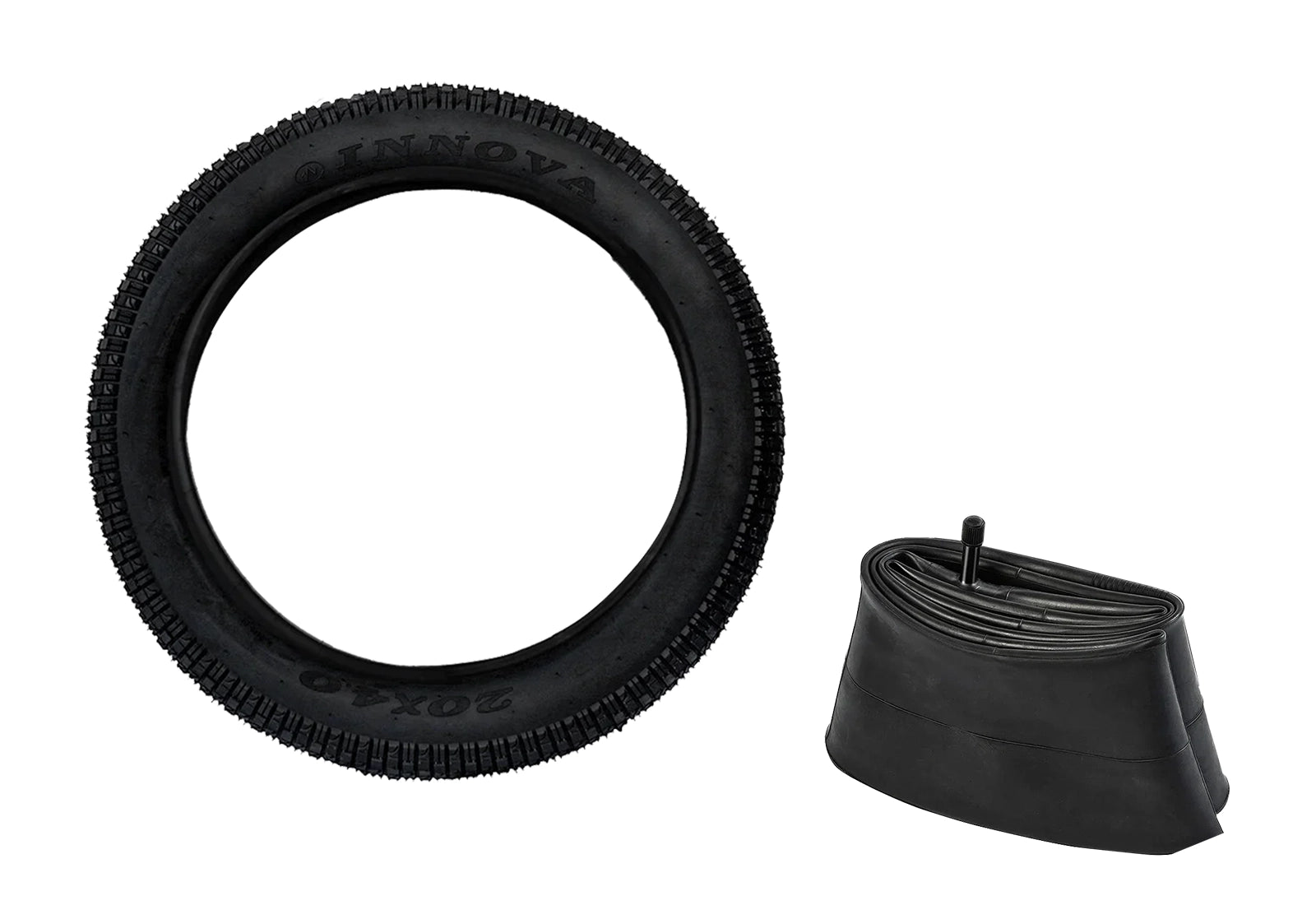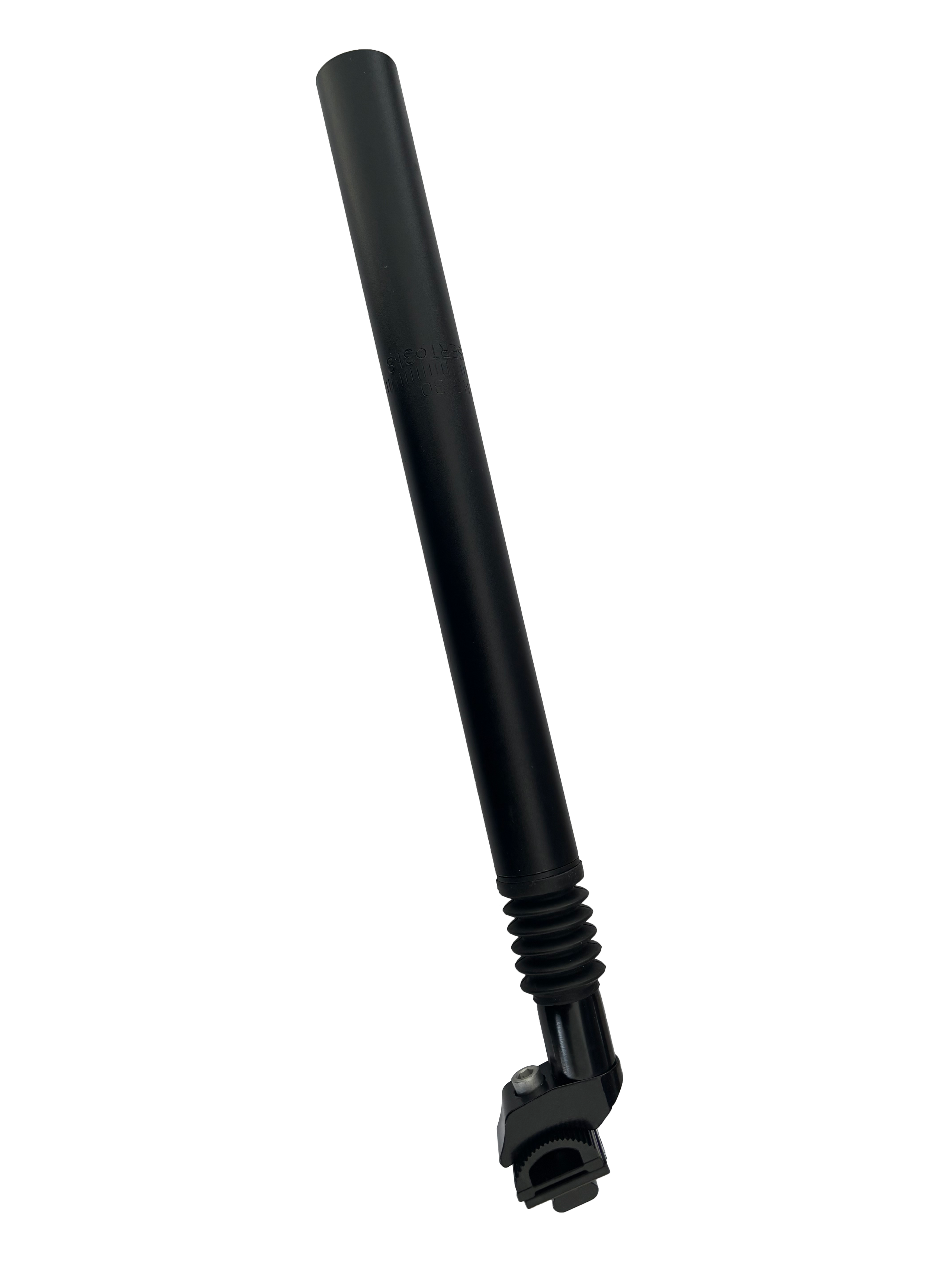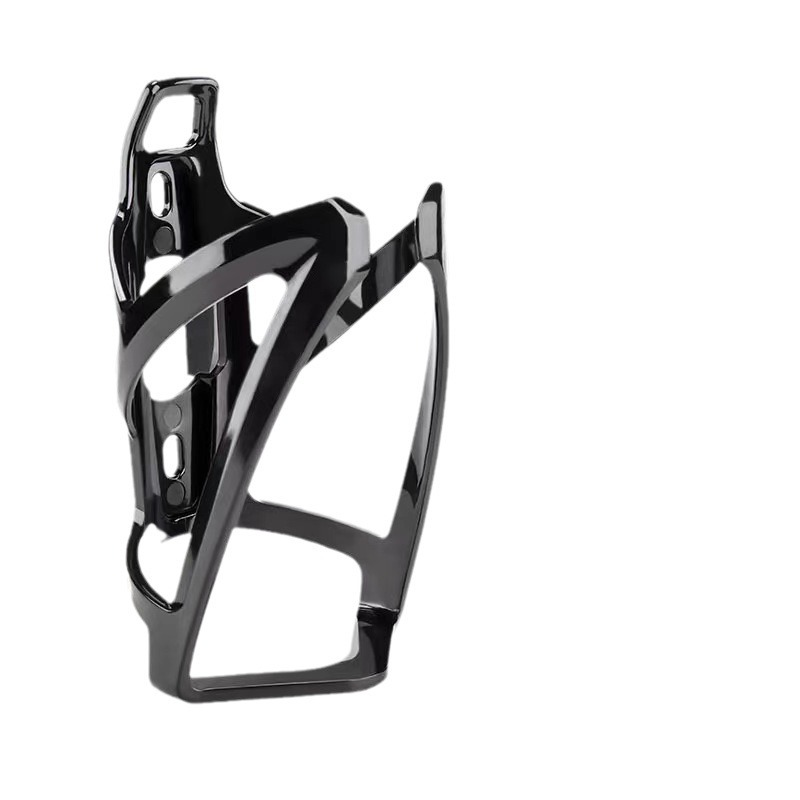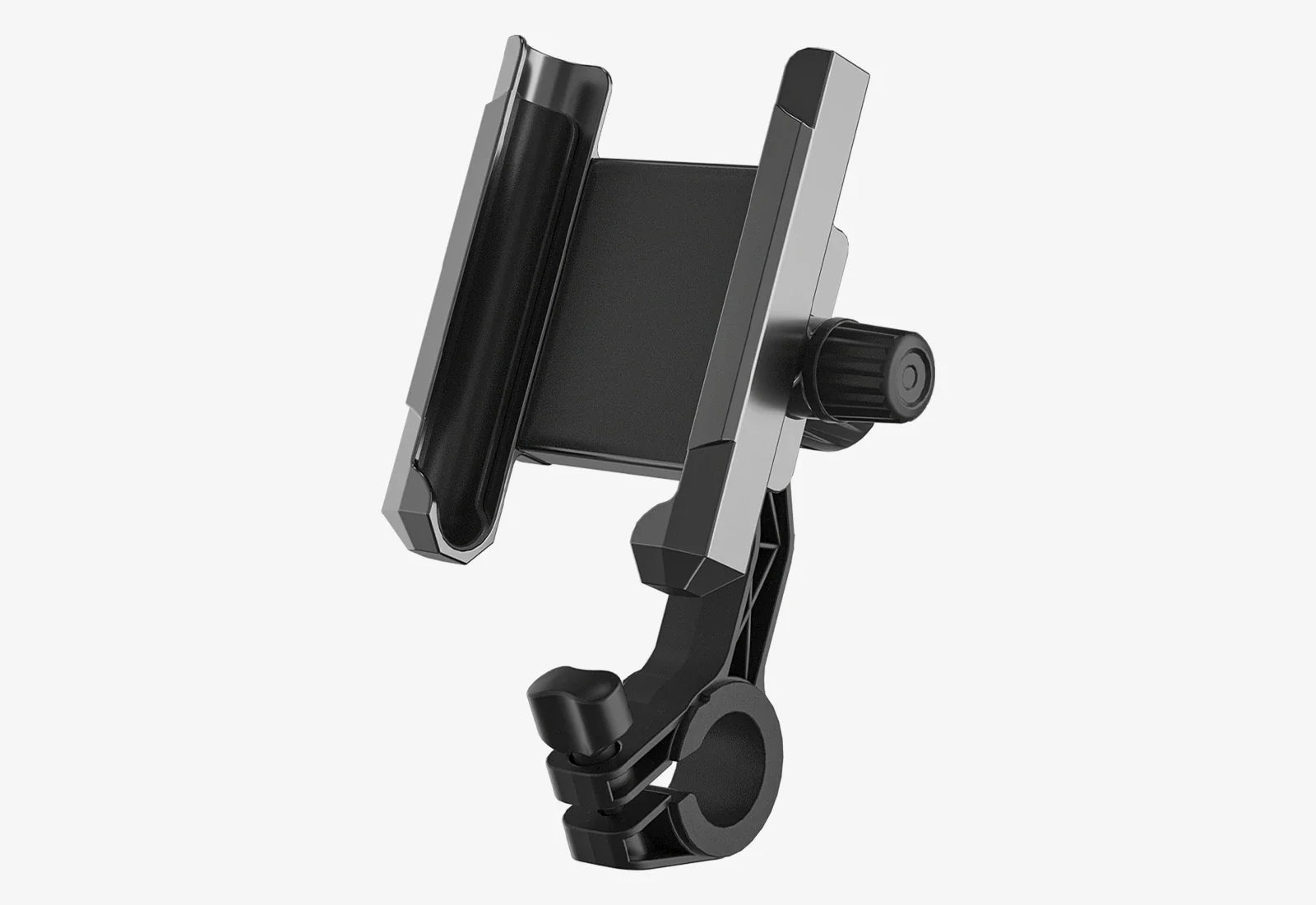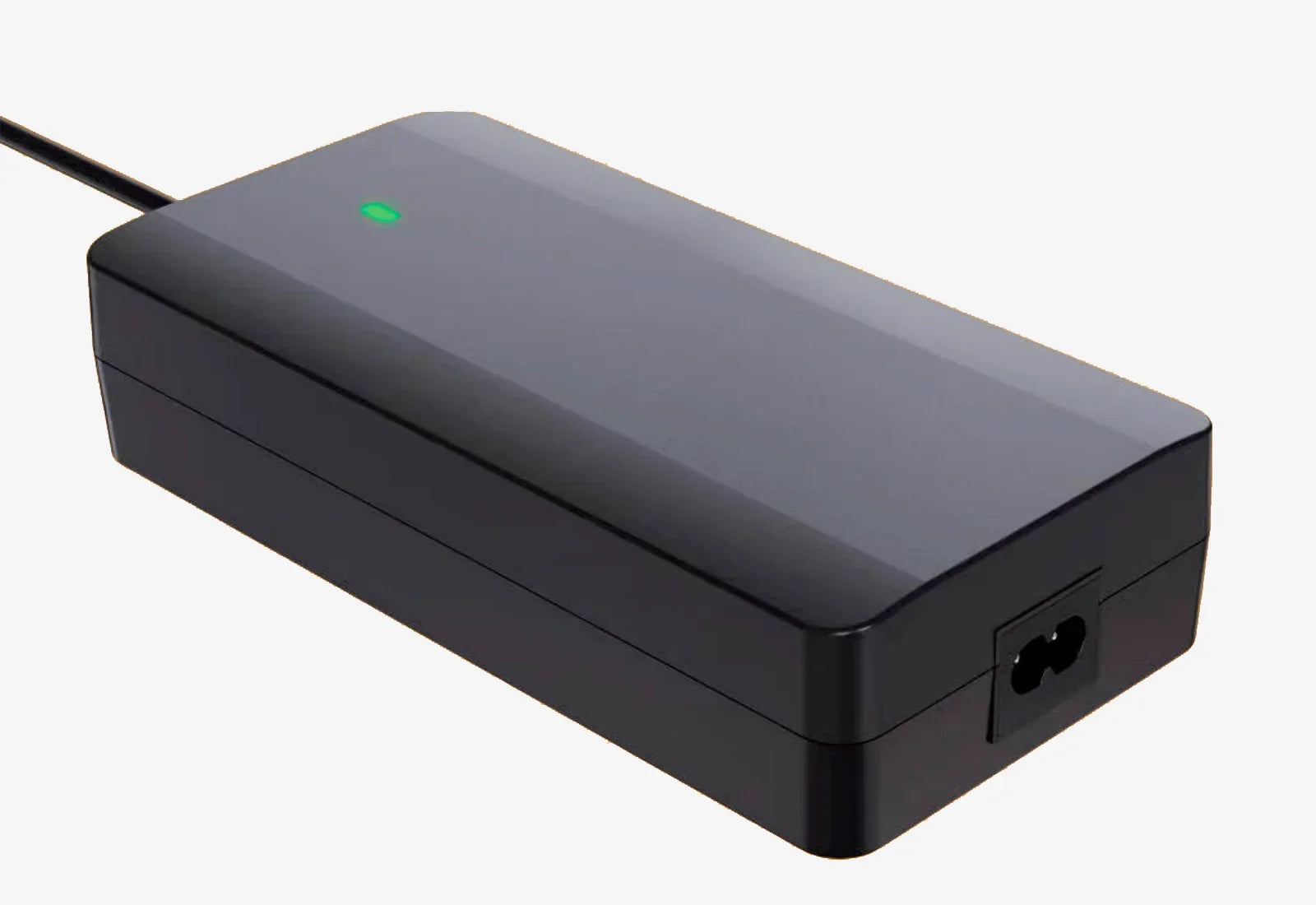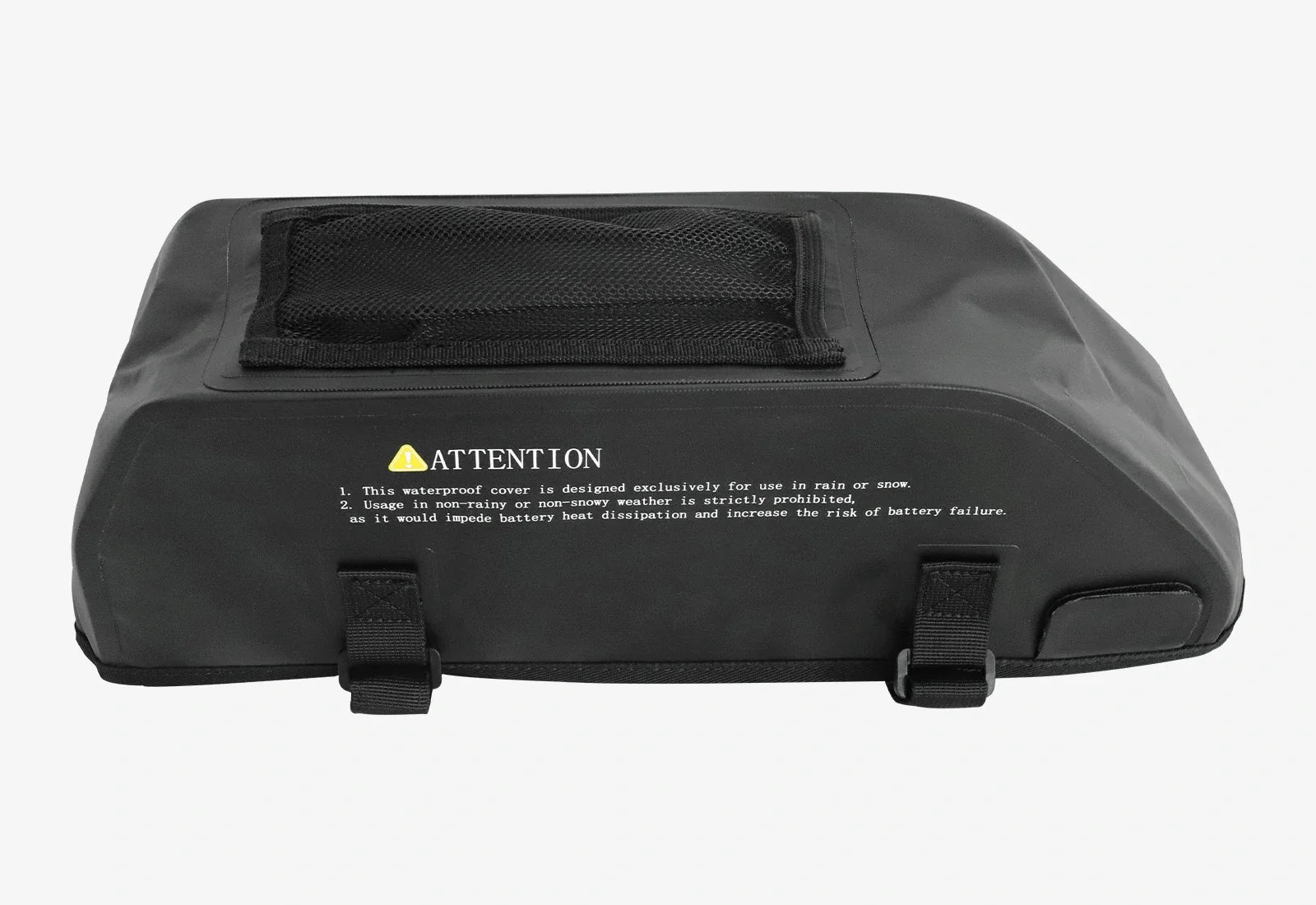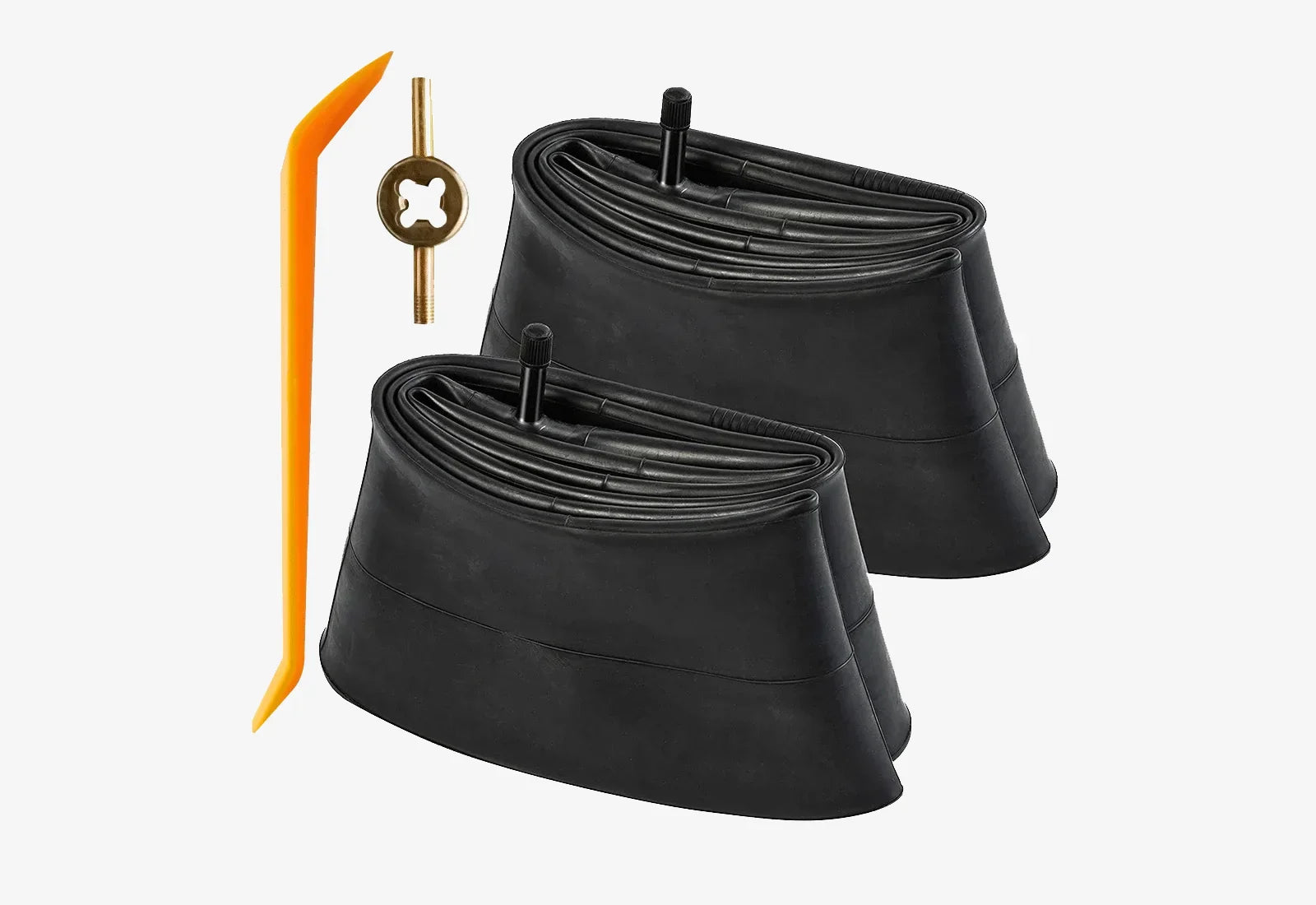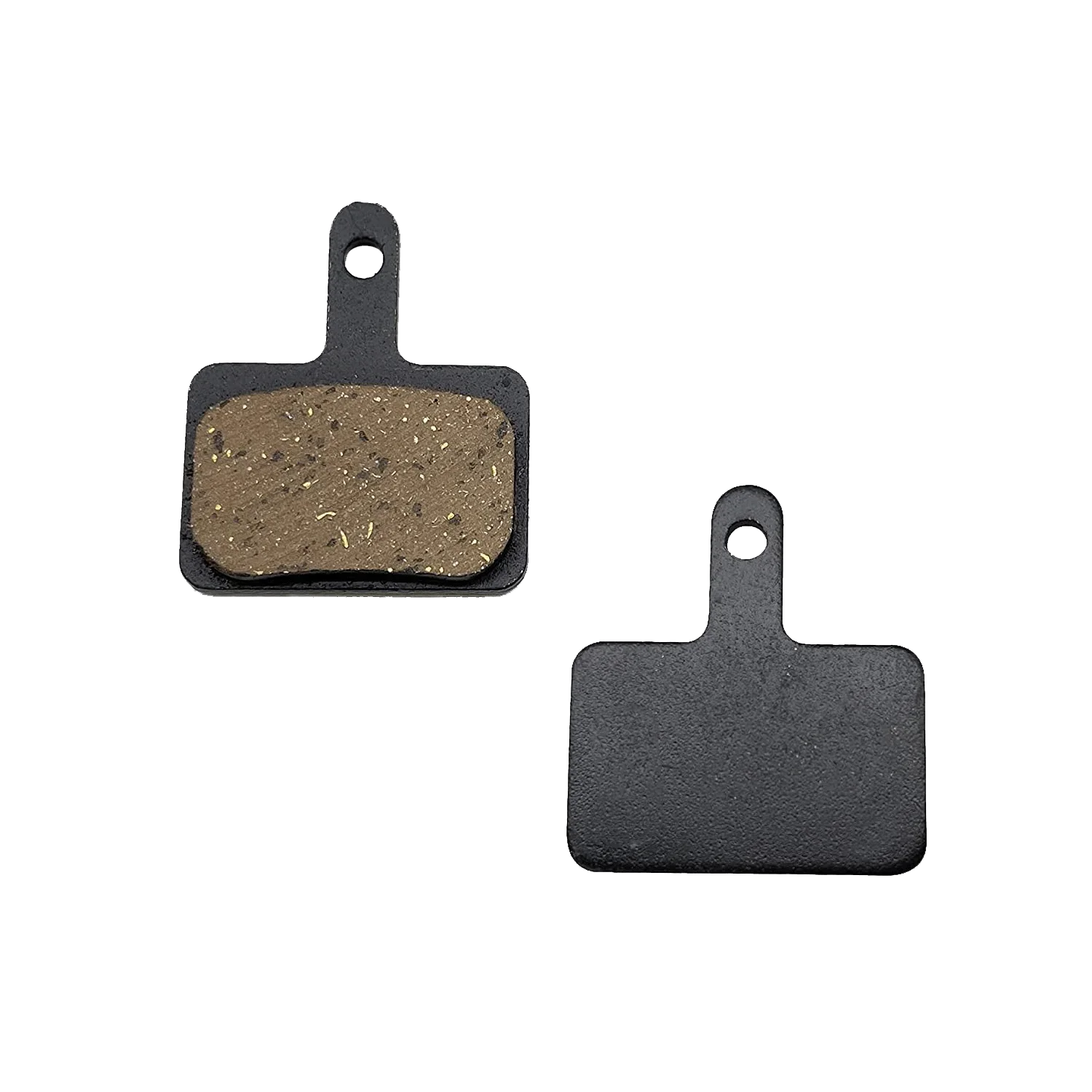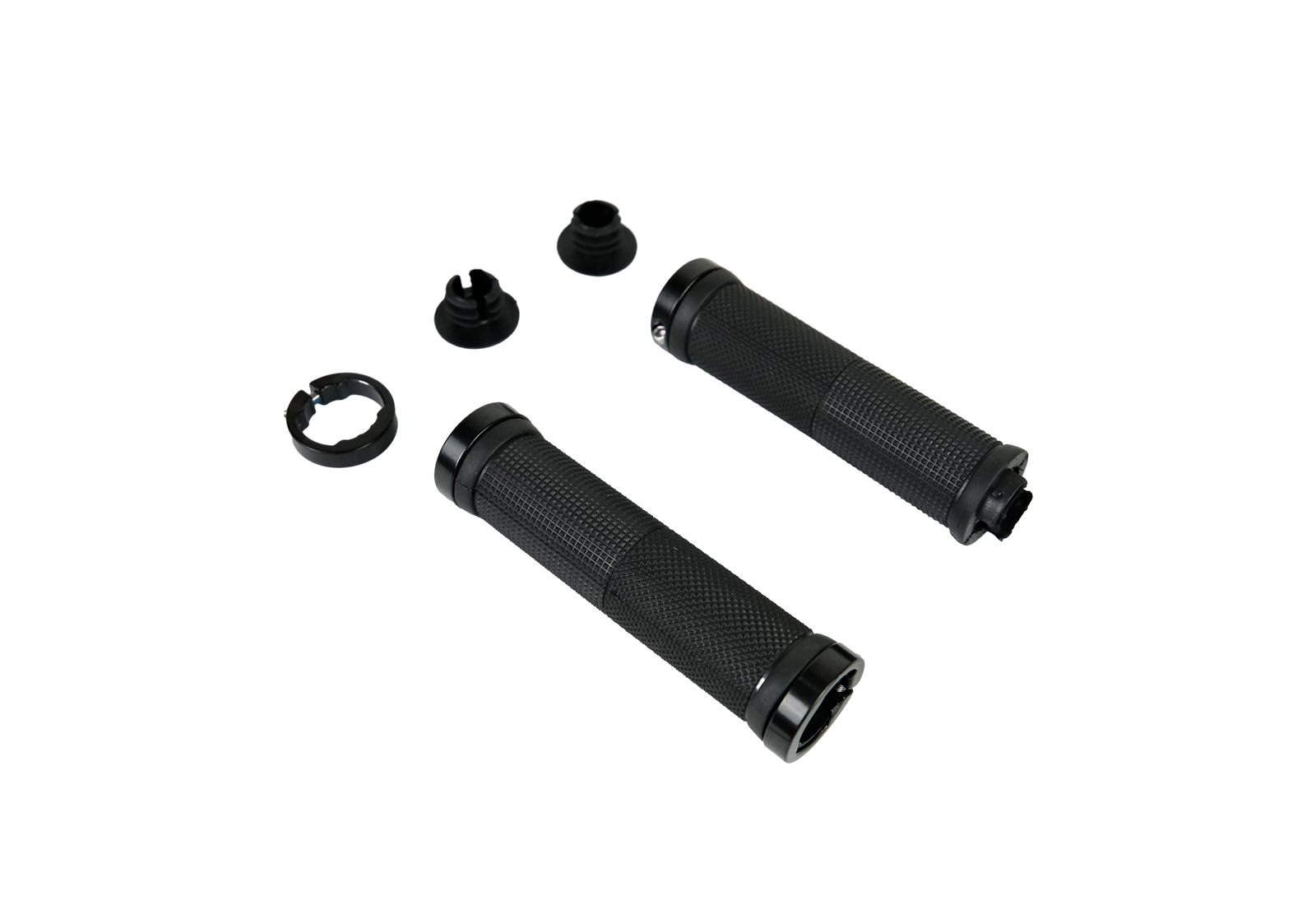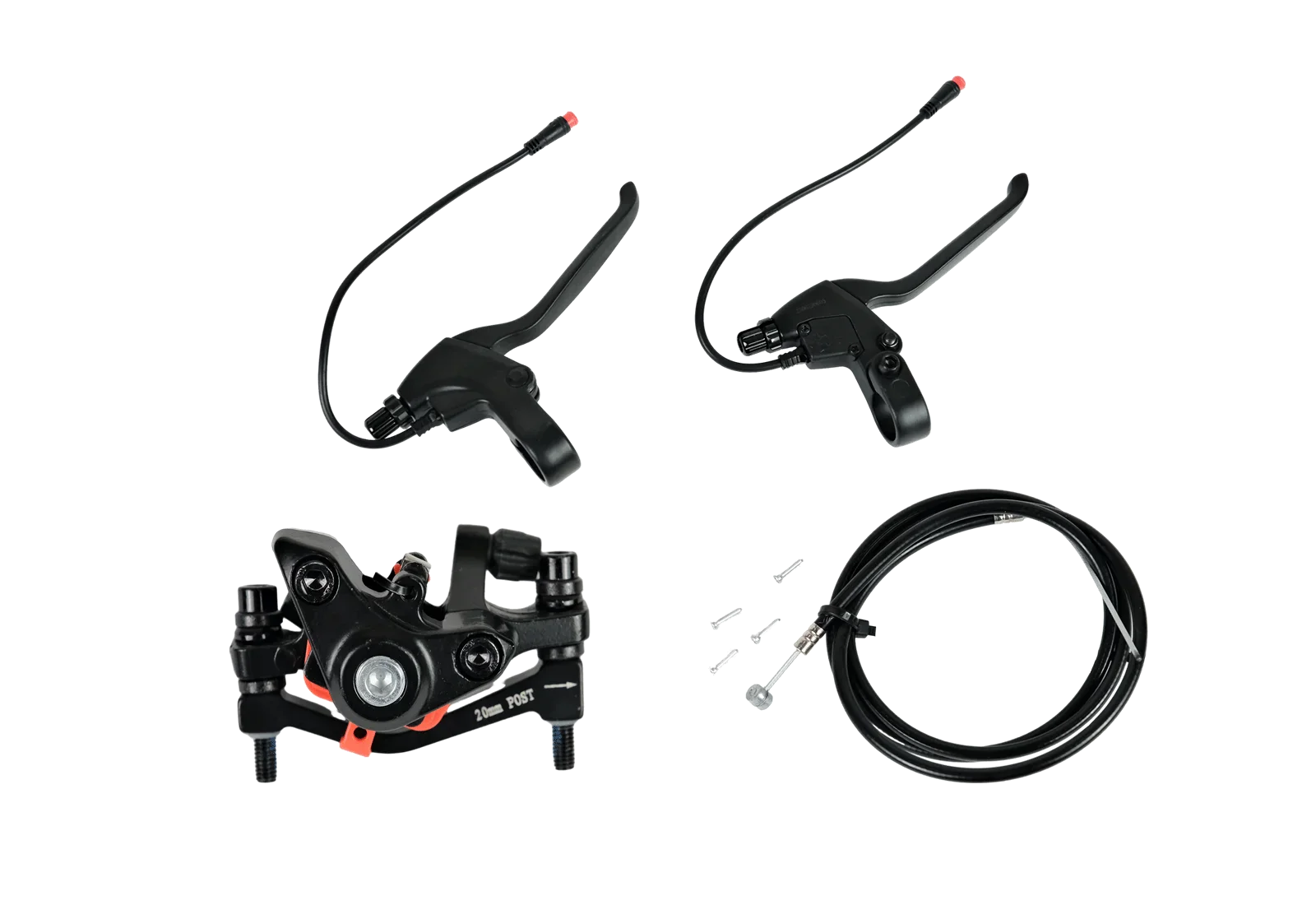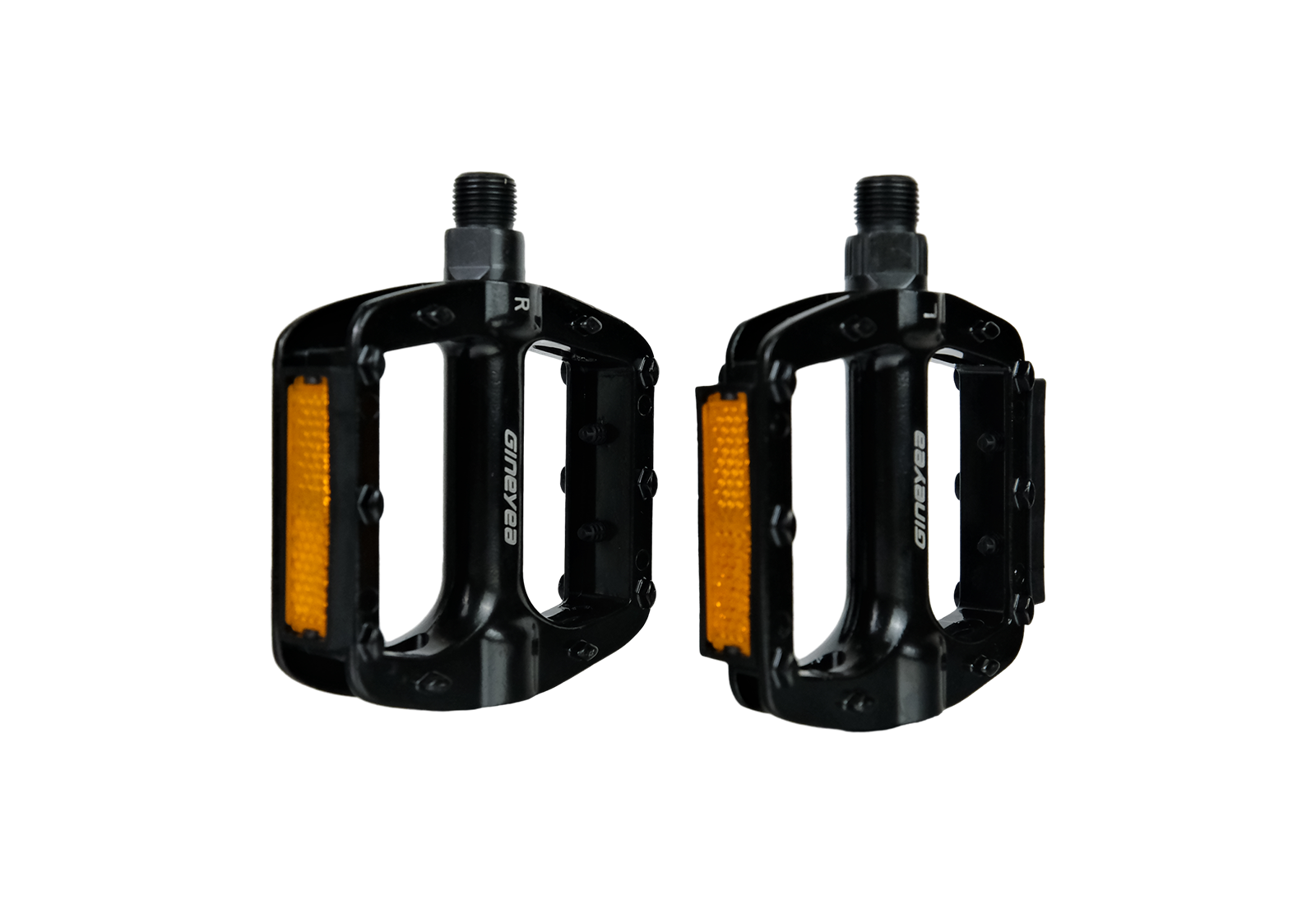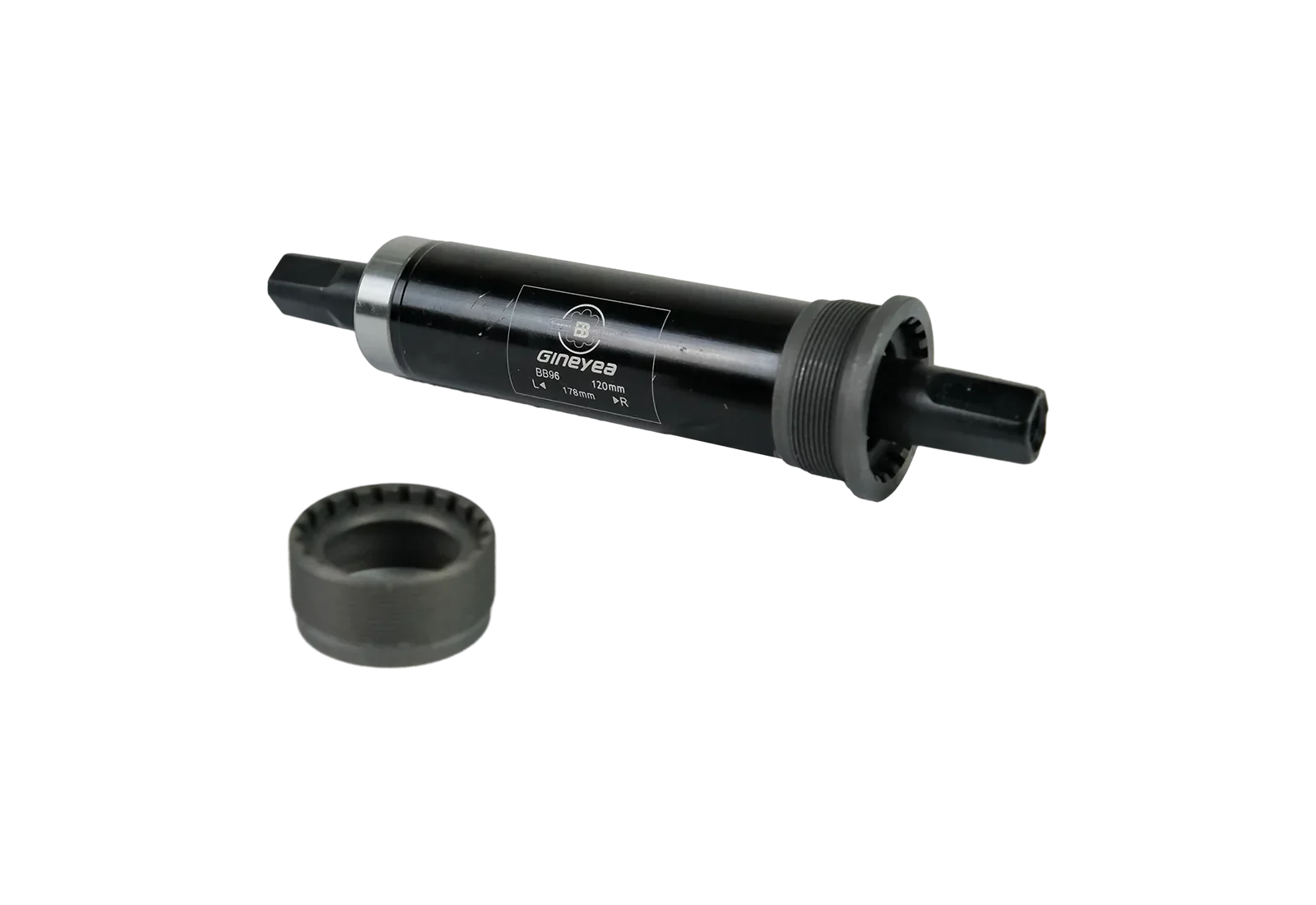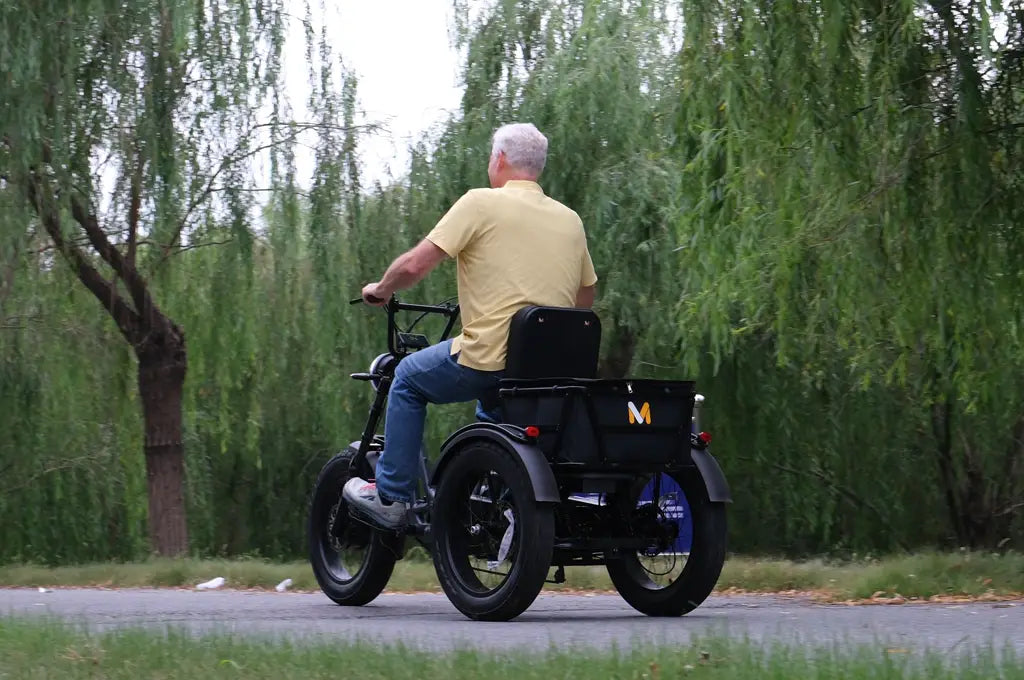
How Fast Can an Electric Tricycle Go
Electric tricycles are becoming a popular choice for those looking for a stable and eco-friendly mode of transport. However, one common question arises: how fast can an electric tricycle actually go?
Typically, electric tricycles are limited to speeds of under 20 mph (approximately 32 km/h) due to safety concerns. While some models may advertise higher speeds, real-world riding often suggests that lower speeds are more practical and safer, especially when making turns or carrying cargo.
This guide will explore why these speed limits exist and how to ride safely at different speeds.
Factors Affecting the Speed of Electric Tricycles
1. Speed Limitations for Safety

Due to the inherent stability challenges of three-wheeled vehicles, most electric tricycles are designed with speed limitations to ensure rider safety. High speeds increase the risk of tipping, particularly during sharp turns or when the vehicle is loaded with cargo. For this reason, manufacturers typically set maximum speeds around 20 mph (32 km/h). Riders often find that a comfortable cruising speed is between 10-15 mph (16-24 km/h), especially when maneuvering through city streets or residential areas.
When riding an electric tricycle, it's crucial to reduce speed significantly before making turns. Riders often need to lower their speed to below 5 mph (approximately 8 km/h) to maintain control and avoid tipping. The unique dynamics of tricycles mean that they handle differently from bicycles, requiring more caution in turns.
2. Motor Power
The motor is the heart of an electric tricycle, dictating its maximum speed and overall performance. Most e-trikes are equipped with motors ranging from 250W to 750W. A higher wattage motor generally translates to higher speeds and better hill-climbing abilities.
For instance, a 750W motor can help an e-trike reach speeds of up to 28 mph, while a 250W motor might cap at 15-20 mph. It’s important to match motor power with your riding needs; while higher speeds can be exhilarating, they may also require more control and stability.
3. Terrain and Riding Conditions
Electric tricycles perform best on flat, smooth surfaces where they can maintain consistent speeds without overworking the motor. Uneven terrain, inclines, or surfaces with obstacles can significantly reduce speed, and in such cases, slower speeds are not just recommended—they're necessary for safe riding.
4. Weight Considerations

The speed of an electric tricycle is also impacted by the weight of the rider, passengers, and cargo. Exceeding the recommended load can slow the tricycle down and make handling more challenging. For optimal performance, it’s advisable to stay within the manufacturer’s payload guidelines, often around 400 lbs (181 kg), to prevent strain on the motor and battery.
5. Legal Regulations and Speed Classification
In many regions, electric tricycles are classified similarly to electric bikes and are subject to specific speed limits for road use. For example, U.S. federal regulations generally cap the maximum speed of Class 1 and Class 2 e-bikes (which often includes e-trikes) at 20 mph. These regulations are designed to ensure that all riders, whether in urban or suburban environments, can operate safely without posing a risk to themselves or others.
Additional Insights for Safe and Efficient Riding
Prioritizing Safety Over Speed: Although it can be exciting to explore the top speeds of an electric tricycle, it's essential to prioritize safety above all. Maintaining a moderate speed range of around 10-15 mph (16-24 km/h) is generally recommended, especially in city settings where sudden stops, tight turns, and pedestrian traffic are common. This speed allows riders to maintain control and react swiftly to unexpected situations, enhancing overall safety.
The Importance of Regular Maintenance: Keeping your electric tricycle in top condition is vital for ensuring it operates smoothly and safely at its designated speed. Regular checks and maintenance tasks, such as inspecting and adjusting the brakes, monitoring tire pressure, and ensuring the battery is fully functional, can significantly impact the tricycle’s performance and safety. A well-maintained tricycle not only operates more efficiently but also provides a safer and more enjoyable riding experience.
Adapting Speed Modes to the Environment: Many electric tricycles are equipped with multiple speed settings or assist modes that can be adjusted to match different riding conditions and rider preferences. For instance, in crowded areas or when navigating through complex terrains, opting for a lower speed mode can enhance control and maneuverability. Conversely, higher speed settings can be utilized on open roads or flat surfaces where maintaining stability is easier. Adjusting the speed modes appropriately ensures a safer ride tailored to the current environment and riding conditions.
Conclusion
Electric tricycles are designed with safety in mind, and their speed is often capped to prevent accidents and ensure a stable ride. While models like the Meet One can reach speeds up to 20 mph (32 km/h), real-world riding often necessitates lower speeds, particularly when making turns or carrying heavy loads. Understanding these speed dynamics and adhering to safety guidelines allows riders to enjoy the full benefits of electric tricycles without compromising on security. Ultimately, while the speed capabilities of electric tricycles are an important consideration, the focus should always be on safe and responsible riding.
